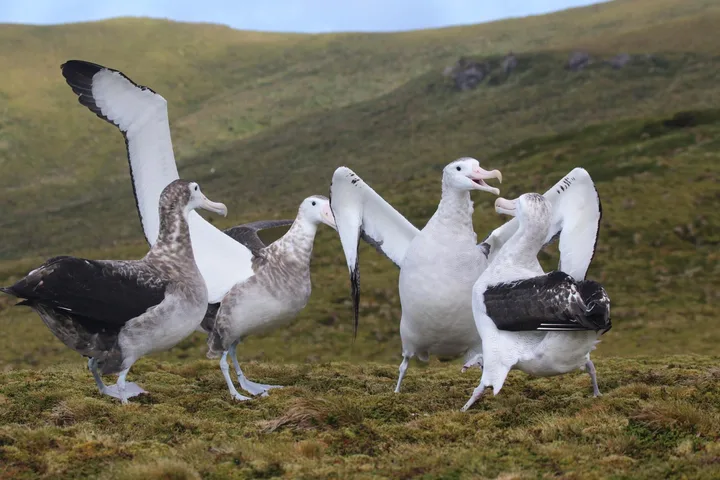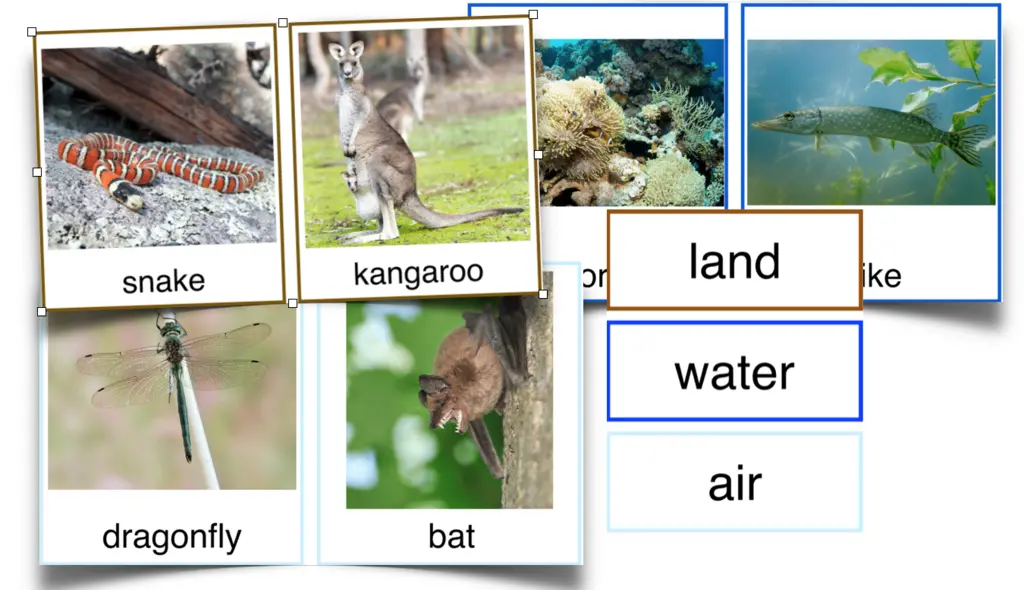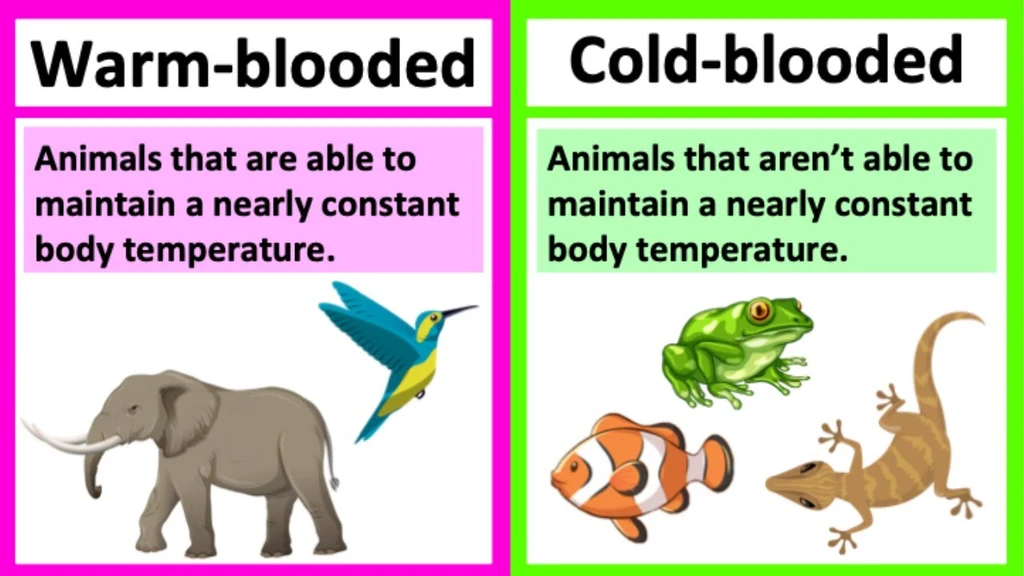Have you ever looked at a bird and thought, “Are birds mammals?” You’re not alone! Many people wonder about this because birds are warm and cuddly, just like cats or dogs. But here’s something cool birds aren’t mammals at all!
They’re their own special group of animals, with amazing features like feathers and beaks instead of fur and teeth. Even though birds share some things with mammals, like being warm-blooded and taking care of their babies, they’re totally different. Let’s explore why birds are so unique and special in their own way!
The Building Blocks of Animal Classification
Meet Carl Linnaeus, the Swedish botanist who revolutionized how we understand life on Earth. Back in the 18th century, he developed the system we still use today to classify living things. Think of it as nature’s family tree, where every creature has its proper place.
“In natural science the principles of truth ought to be confirmed by observation.” – Carl Linnaeus
Here’s how the classification hierarchy breaks down, from broadest to most specific:
- Kingdom
- Phylum
- Class
- Order
- Family
- Genus
- Species
Quick Fact: Scientists have identified over 10,000 birds species and about 6,400 mammals species globally!
Classification in Action: A Simple Comparison
Let’s see how this works with a familiar example:
| Classification Level | House Cat | American Robin |
|---|---|---|
| Kingdom | Animalia | Animalia |
| Phylum | Chordata | Chordata |
| Class | Mammalia | Aves |
| Order | Carnivora | Passeriformes |
| Family | Felidae | Turdidae |
| Genus | Felis | Turdus |
| Species | F. catus | T. migratorius |
Warm Blood, Different Hearts: Inside Birds and Mammals
Both birds and mammals are endothermic (warm-blooded), but they’ve evolved different ways to maintain their body temperature. Here’s where things get fascinating.
The Heart of the Matter
Birds have taken the basic vertebrate heart and turned it into a high-performance engine. Here’s why:
- Bird Hearts:
- Four-chambered heart (like mammals)
- Larger heart-to-body ratio
- Can beat up to 1,000 times per minute in small species
- Left ventricle walls are 3x thicker than right
- Mammal Hearts:
- Four-chambered heart
- Generally slower heart rates
- More variable size relative to body
- More evenly distributed ventricle thickness
Temperature Control Champions
Birds maintain higher body temperatures than mammals:
- Bird body temperature: 40-42°C (104-108°F)
- Mammal body temperature: 36-38°C (97-100°F)
Case Study: The Arctic Tern This remarkable bird maintains its high body temperature while flying from the Arctic to Antarctic and back annually – the longest migration of any animal. It covers about 70,900 kilometers (44,100 miles) each year!
The Evolutionary Tales That Set Them Apart
Birds didn’t just appear out of nowhere – they’re living dinosaurs! Their story begins over 150 million years ago with the appearance of Archaeopteryx, often called the first bird.
From Dinosaurs to Birds: A Timeline
- 150 million years ago: Archaeopteryx appears
- 125 million years ago: First modern bird features emerge
- 66 million years ago: Non-avian dinosaurs go extinct
- Present day: Birds represent the most successful dinosaur lineage
Early Mammals: A Different Path
While dinosaurs ruled the Earth, early mammals were mostly small, nocturnal creatures. This different evolutionary history led to some key adaptations:
- Mammalian Innovations:
- Hair for insulation
- Complex teeth for different diets
- Highly developed smell sense
- Advanced hearing
Key Features That Define Birds
Birds have evolved some truly remarkable features that set them apart from every other animal group.
Feathers: Nature’s Marvel
Types of Feathers:
- Contour feathers (outer covering)
- Down feathers (insulation)
- Flight feathers (wings and tail)
- Filoplumes (sensory)
- Bristles (around beak and eyes)
Did You Know? A single feather can contain over a million tiny barbs and hooks!
The Avian Respiratory System
Birds have the most efficient respiratory system of any vertebrate. Here’s why:
- Air flows in one direction through the lungs
- Separate air sacs for inhaled and exhaled air
- Extracts about 2x more oxygen than mammalian lungs
- Enables high-altitude flight
Distinctive Mammalian Traits
What truly makes a mammal? Let’s explore the unique features that define this diverse group.
Hair and Fur: More Than Warmth
- Functions of Mammalian Hair:
- Temperature regulation
- Sensory input
- Protection from UV rays
- Social signaling
- Camouflage
Lactation: The Ultimate Mammalian Trait
All mammals produce milk for their young – a feature found nowhere else in the animal kingdom. Here’s what makes it special:
- Contains perfect nutrition for offspring
- Provides immune system support
- Composition changes as baby grows
- Species-specific formulation
Breaking Common Misconceptions
Let’s bust some common myths about birds and mammals!
“But Bats Fly Like Birds!”
While bats are the only mammals capable of true flight, they’re fundamentally different from birds:
- Have hair instead of feathers
- Wings made of skin membranes
- Give birth to live young
- Produce milk
- Have teeth
“Penguins Look Like Mammals”
Despite their unique appearance, penguins are 100% bird:
- Have feathers (modified for swimming)
- Lay eggs
- Have beaks
- Have hollow bones
- Same respiratory system as other birds
When Birds Act Like Mammals (and Vice Versa)
Nature loves to surprise us with examples of convergent evolution – when different species develop similar traits independently.
Intelligence and Learning
Both groups show remarkable cognitive abilities:
Smart Birds:
- Ravens can solve complex puzzles
- African Grey Parrots understand abstract concepts
- New Caledonian Crows make and use tools
Clever Mammals:
- Dolphins recognize themselves in mirrors
- Elephants show empathy
- Primates use complex tool sets
Future of Classification
Modern genetic studies are revolutionizing how we understand the relationship between birds and mammals.
Recent Discoveries
- Birds have more compact genomes than mammals
- Some dinosaur fossils preserve feather colors
- Birds lost teeth through genetic mutation
Fascinating Fact: Birds have been found to have between 10,000 and 20,000 genes, while mammals typically have 20,000 to 25,000.
Conservation Implications
Understanding the unique characteristics of birds and mammals helps us protect them better. Both groups face similar threats:
- Habitat loss
- Climate change
- Human interference
- Pollution
- Invasive species
Conclusion About Are Birds Mamamles?
While birds and mammals might share some characteristics like warm blood and four-chambered hearts, they represent two remarkably different approaches to solving life’s challenges. From their evolutionary origins to their unique adaptations, each group showcases nature’s incredible diversity and ingenuity.
Whether you’re watching a soaring eagle or a leaping dolphin, you’re witnessing the result of millions of years of evolution, leading to two distinct but equally successful strategies for survival. Understanding these differences not only helps us appreciate the natural world better but also guides our conservation efforts to protect these remarkable creatures for future generations.
FAQs About Are Birds Mamamles?
Q:What are birds classified as?
A:Class Aves.
Q:Is a dog a mammal?
A:Examples of mammals include rats, cats, dogs, deer, monkeys, apes, bats, whales, dolphins, and humans
Q:Is a shark a mammal?
A:They are not mammals.

Hello! I am Methew Hills and I am from USA. I am a professional SEO content writer since 2018 and i am also a Teacher.










